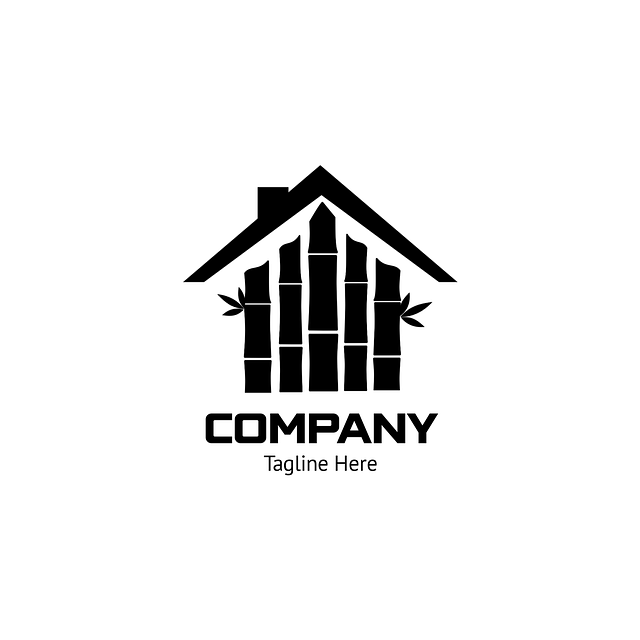Healthcare paid advertising leverages digital platforms to engage audiences with targeted health messages, resources, and services. Effective campaigns balance engaging content with clear communication, focusing on specific health issues and using visuals, testimonials, and data to build trust. Tailoring messages to demographics and psychographics enhances relevance and impact. Multimedia resources like websites, apps, and videos facilitate accessible patient education, empowering individuals to take control of their well-being. Campaign success is measured through both quantitative (engagement metrics) and qualitative (awareness, behavioral changes) assessments.
In today’s digital age, educating patients through targeted healthcare paid advertising has emerged as a powerful tool for engaging audiences. This article delves into the strategic utilization of ads featuring health tips and resources, exploring key aspects such as creating compelling content, demographic targeting, and leveraging multimedia platforms.
We’ll guide you through understanding the potential of healthcare paid advertising, implementing effective strategies, and measuring success to maximize return on investment (ROI) in patient education initiatives.
Understanding Healthcare Paid Advertising: A Powerful Tool for Patient Engagement
Healthcare paid advertising is a strategic tool that allows medical professionals and institutions to engage with their target audience directly. By leveraging platforms like social media, search engines, and digital billboards, healthcare providers can deliver targeted messages that promote health awareness, offer valuable resources, and direct patients towards essential services. This form of advertising goes beyond simple promotion; it facilitates meaningful connections by addressing specific health concerns, demystifying medical procedures, and providing accessible information tailored to diverse populations.
Effective healthcare paid advertising campaigns prioritize evidence-based content and visually appealing designs to capture attention and foster trust. Messaging should be clear, concise, and aligned with current health trends and patient needs. By integrating calls-to-action, such as scheduling consultations or signing up for newsletters, these ads empower patients to take charge of their well-being, ultimately enhancing the patient experience and strengthening healthcare delivery systems.
Creating Effective Health Tips Ads: Strategies and Best Practices
When crafting health tips ads for healthcare paid advertising, it’s crucial to strike a balance between engaging content and clear communication of essential information. Start by identifying a specific health issue or promoting a particular service. For instance, if focusing on chronic disease management, present actionable advice tailored to patients’ needs. Use simple language and concise visuals to ensure the message is easily understandable, especially for those who may not have a strong background in healthcare.
Incorporate best practices such as personalizing ads with patient testimonials or success stories to build trust. Utilize data-driven insights to tailor content to target audiences, ensuring relevance. Additionally, include clear calls to action, directing patients to specific resources or encouraging them to schedule consultations. Keep the design clean and uncluttered, allowing key messages to stand out. Regularly update ad campaigns with fresh tips and relevant healthcare trends to maintain engagement and keep patients informed.
Targeting the Right Audience: Demographic and Psychographic Considerations
When creating health-focused ads for patients through healthcare paid advertising, understanding your target audience is paramount. Demographic factors like age, gender, and geographic location play a significant role in tailoring messages effectively. For instance, certain health concerns might be more prevalent among older adults, while younger individuals may require education on preventive care. Additionally, cultural background and socioeconomic status can influence health behaviors and access to resources, necessitating culturally sensitive approaches.
Psychographic considerations are equally vital. Health literacy levels, attitudes towards healthcare, and personal beliefs about wellness vary widely among individuals. Some patients might be tech-savvy and receptive to digital health resources, while others prefer more traditional methods of learning. By incorporating these insights into ad campaigns, healthcare providers can create targeted messages that resonate with specific patient segments, enhancing engagement and the overall effectiveness of paid advertising efforts.
Leveraging Resources for Patient Education: Websites, Apps, and Videos
In today’s digital age, leveraging online resources is a powerful strategy for patient education through healthcare paid advertising. Websites, mobile apps, and videos offer accessible and engaging ways to disseminate health information. These platforms can reach a wide audience, ensuring that patients have easy access to essential resources at their fingertips. For instance, well-designed websites with interactive features can explain complex medical concepts simply, while apps provide personalized reminders and tracking tools for healthy habits.
Videos, particularly short educational clips, are highly effective in communicating health tips and can be shared widely across various channels. This multimedia approach not only enhances learning but also caters to different learning styles, making patient education more inclusive and successful. By utilizing these resources effectively within healthcare paid advertising campaigns, professionals can empower patients with knowledge, encouraging proactive participation in their own well-being.
Measuring Success and ROI: Evaluating the Impact of Your Advertising Campaign
Measuring success and return on investment (ROI) is a critical aspect of any healthcare paid advertising campaign. By implementing robust tracking mechanisms, such as unique landing pages, conversion rates, and click-through analysis, marketers can assess the effectiveness of their health tips and resources ads. These metrics provide valuable insights into patient engagement, enabling adjustments to improve performance.
Beyond quantifiable data, qualitative feedback from patients who interacted with the ads also plays a significant role in evaluating ROI. Positive responses, increased awareness about specific health topics, and subsequent improvements in patient behavior—such as scheduling check-ups or adopting healthier lifestyles—all serve as strong indicators of campaign success. This holistic approach ensures that healthcare organizations not only attract potential patients but also achieve their broader goals of educating and empowering the community.
Healthcare paid advertising is a robust tool that can significantly enhance patient engagement and education. By implementing effective health tips ads, strategic targeting, and leveraging diverse resources, healthcare providers can create impactful campaigns. This multi-faceted approach not only increases awareness but also fosters informed decision-making among patients. Measuring success through key performance indicators allows for continuous improvement, ensuring that advertising efforts remain relevant and yield a positive return on investment (ROI).
